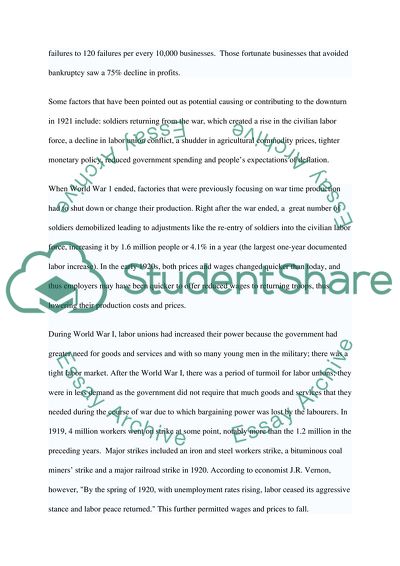Cite this document
(World Depression of 1921 Article Example | Topics and Well Written Essays - 2250 words, n.d.)
World Depression of 1921 Article Example | Topics and Well Written Essays - 2250 words. https://studentshare.org/macro-microeconomics/1729172-world-depression-of-1921
World Depression of 1921 Article Example | Topics and Well Written Essays - 2250 words. https://studentshare.org/macro-microeconomics/1729172-world-depression-of-1921
(World Depression of 1921 Article Example | Topics and Well Written Essays - 2250 Words)
World Depression of 1921 Article Example | Topics and Well Written Essays - 2250 Words. https://studentshare.org/macro-microeconomics/1729172-world-depression-of-1921.
World Depression of 1921 Article Example | Topics and Well Written Essays - 2250 Words. https://studentshare.org/macro-microeconomics/1729172-world-depression-of-1921.
“World Depression of 1921 Article Example | Topics and Well Written Essays - 2250 Words”. https://studentshare.org/macro-microeconomics/1729172-world-depression-of-1921.


